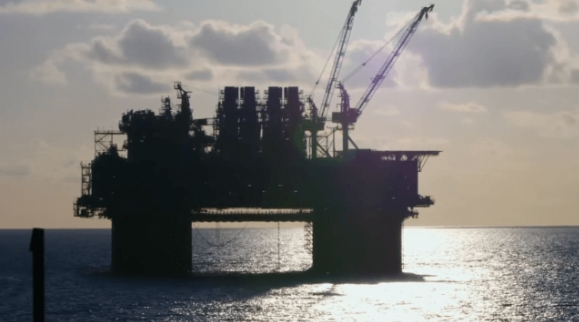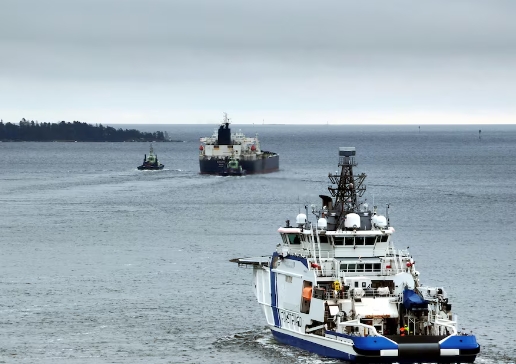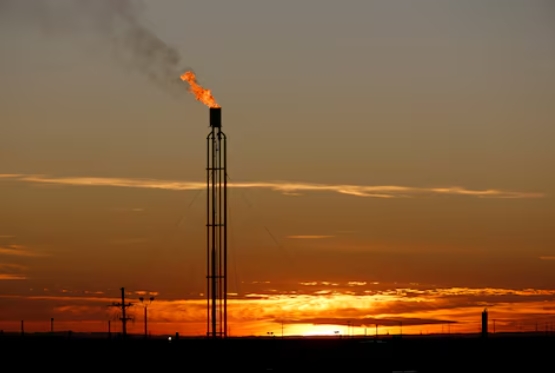
Greenway’s two H-Reformer™ units will be configured to produce a daily total of up to 20,000 KG of hydrogen that will fuel reciprocating generators, which are components of a larger power generation system, in quantities sufficient to generate 10 MW of electricity.
Greenway’s H-Reformer™ units are scalable to meet small and large hydrogen production specifications by adjusting the unit output production configuration or by “stacking” multiple units.
GME will purchase, install, and operate the two H-Reformer™ units at its Johnstown, PA facility, (or at a site to be determined) where the locations would have access to on-site fossil and renewable natural gas. By combining incoming fossil natural gas with 25% renewable natural gas, the project should be eligible for Federal Clean Air H2 Credits.
GME will fully optimize Greenway’s proprietary technology to achieve its goal of a low-cost, on-site clean hydrogen production solution with very low atmospheric carbon, as H-Reformer™ units are compatible with processes that separate carbon from its only hydrogen production bi-product, CO2. The valuable liquified carbon will be sold to provide additional revenue and offset operating costs.
In a statement, Kevin Jones, President of GWTI, said, “Greenway Technologies has been working diligently on Research and Development over the last ten years to develop and patent processes and procedures to perfect innovative and clean gas-to-hydrogen solutions. Hydrogen shows great promise as a fuel but has been prevented from widespread use due to the prohibitively high price of transportation, whether it be by truck, rail, or an extremely limited pipeline infrastructure. Because natural gas is abundantly available at numerous locations, the winning hydrogen solution was always going to be one that could perform the hydrogen creation at the final site where it is used without carbon generation into the atmosphere. Additionally, other hydrogen-creation processes are either non-scalable, carbon-generating, or too expensive to be practical. The world can truly see the first step in widespread hydrogen production and use, whether it be for power generation, automobile, truck or train fueling stations, or other applications in a small, clean, and previously unimagined price at virtually anywhere there is a natural gas supply.
Jones went on to say “Since the time of the original LOI, GME Hydro and GWTI have been investigating the use of additional GWTI technology for a variety of purposes. Research has begun on converting methane produced by municipal waste dumps into hydrogen to fuel additional electrical generation equipment. In addition, GME Hydro and GWTI have been investigating the use of GWTI’s other technology, the G-Reformer™. By using this technology in conjunction with their projects, the G-Reformer™ units can be configured to create synthetic diesel blend stock and associated liquid chemicals. Finally, GME Hydro and GWTI are investigating using the G-Reformer™ to create methanol, a liquid fuel, in those areas where removal of the created offtake is more easily accomplished as a single liquid”. Methanol is emerging as a clean burning hydrocarbon fuel which has substantial value if created in a low-carbon emitting process. Methanol created using renewable methane is in large demand at premium prices due to worldwide interest in lower carbon standards.”







